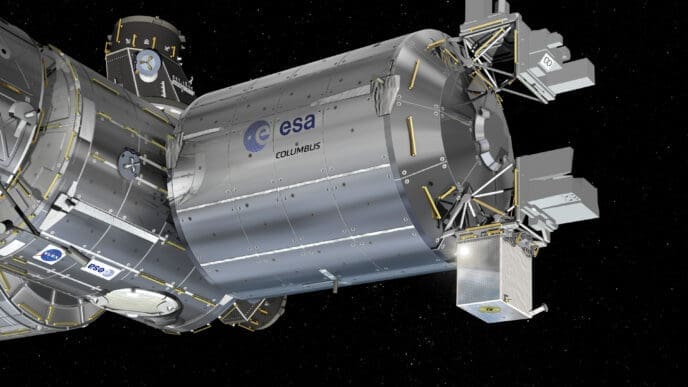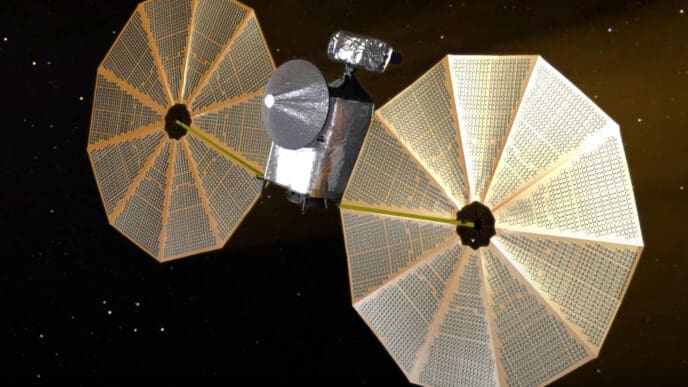NASA’s ongoing efforts to map crucial minerals in the Western United States have taken a significant leap forward with the use of advanced aerial technology. From a high-altitude research aircraft, scientists have been able to observe vast stretches of terrain, revealing an abundance of essential minerals hidden beneath the surface.
The Geological Earth Mapping Experiment, or GEMx, led by NASA and the U.S. Geological Survey, is conducting survey flights that span over 190,000 square miles across California, Nevada, Arizona, and Oregon. Utilizing airborne instruments, the team can detect minerals critical to national security and the renewable energy sector, such as lithium, aluminum, and rare earth elements including neodymium and cerium. These minerals are vital for various technologies, from smartphones to electric vehicles.
Pilot Dean Neeley’s flight on the ER-2 research aircraft played a pivotal role in these surveys. The aircraft is equipped with optical sensors capable of identifying an extensive spectrum of colors across the landscape, a technique facilitated by imaging spectrometers. These instruments, developed with NASA’s expertise, have long been used to explore other planetary surfaces, now adapted to uncover mineral deposits on Earth.
Each molecule reflects light uniquely, allowing researchers to map the earth’s surface with remarkable detail. This method has identified mineral-rich areas, featuring compounds like pale-green mica and blue kaolinite. Robert Green from NASA’s Jet Propulsion Laboratory highlighted the significance of such advanced optical technology, likening it to revealing hidden treasures without the need for excavation.
The importance of these flights cannot be understated, as the U.S. heavily relies on imports for many of these essential minerals. In 2023, for instance, the country imported all its supply of 12 critical minerals and over half of another 29. The GEMx project aims to decrease this dependency by revealing domestic mineral sources.
The ER-2 aircraft is joined by NASA’s AVIRIS instrument and the MODIS/ASTER Airborne Simulator, both providing high-resolution, thermal infrared radiance data. This comprehensive data collection effort is integral to guiding geological analyses, not just for mineral exploration but also in understanding broader environmental and geological phenomena.
Lithium, a key mineral for battery production, is found abundantly in the Western U.S. regions, notably within the Great Basin’s ancient magmatic deposits. Geologists are revisiting old mining sites like Hector Mine in California, where lithium exists in various forms including clays and crystals. Bernard Hubbard from the USGS described these abandoned sites as potential treasure troves of minerals previously discarded as waste.
The GEMx flights are set to resume in spring 2025 to continue this vital work. Early data collections are already contributing to a hyperspectral map of California, the first of its kind, expected to enhance understanding of not only mineral distribution but also ecological and environmental changes.
Beyond mineral discovery, the data gathered from these missions offer insights into natural hazards and environmental issues, such as mine waste contamination and invasive plant species. Raymond Kokaly of USGS emphasized the breadth of the project’s impact, indicating its far-reaching implications for national security and the economy.
As the GEMx project progresses, it promises to unveil new mineral resources that could significantly bolster the United States’ self-reliance in critical mineral supplies. By leveraging sophisticated technology applied from space exploration, these efforts highlight the innovative spirit driving today’s scientific advancements.
Source: Science.nasa
Source: Science.Nasa











